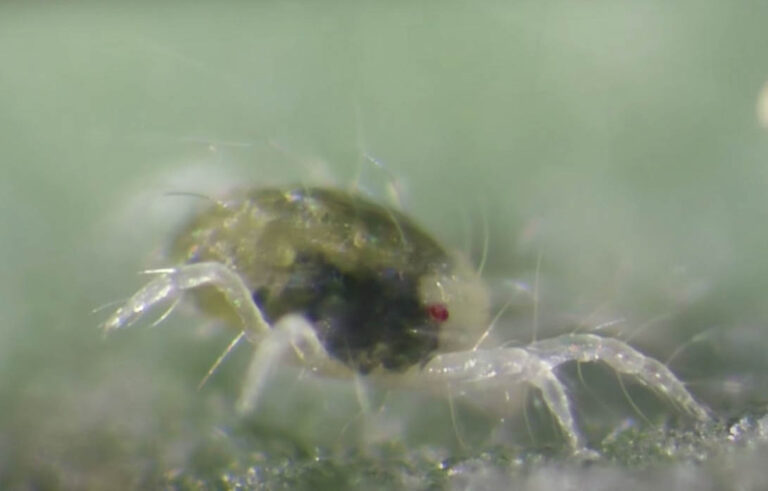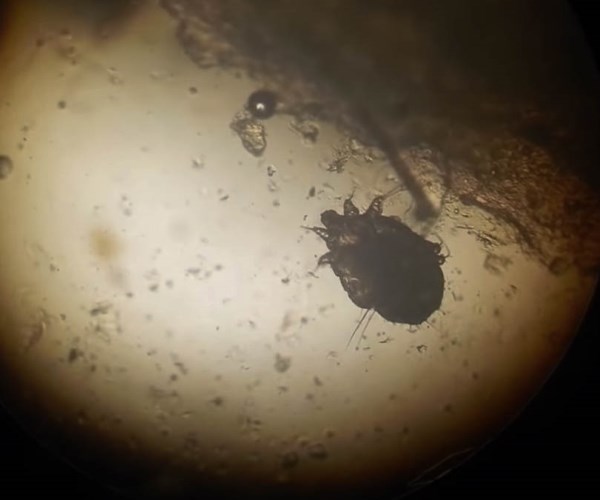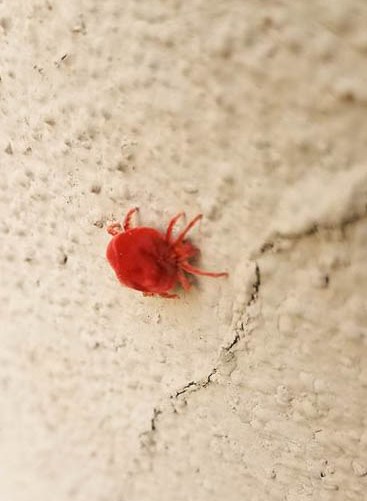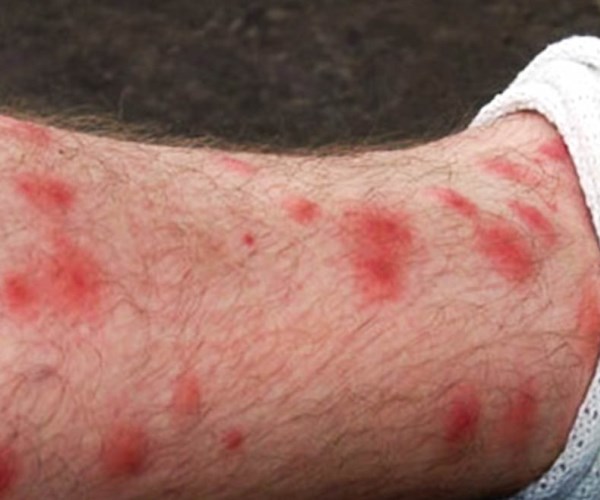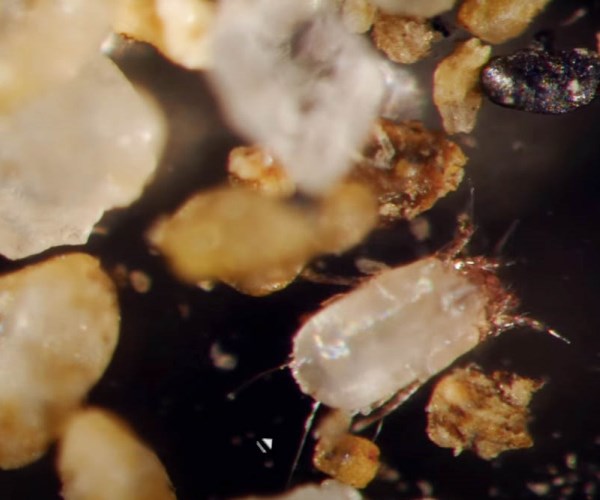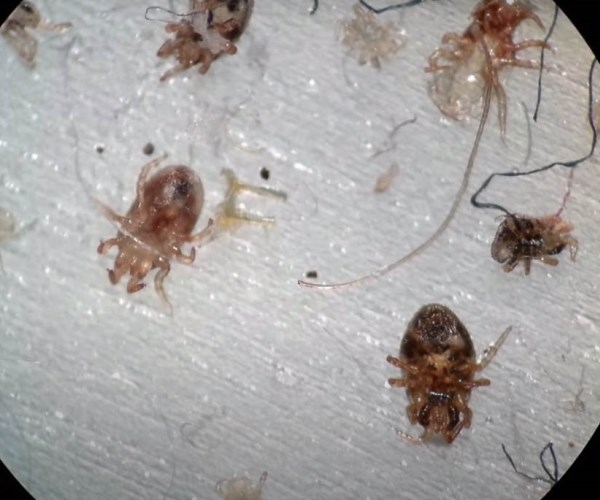About Southern Red Mites
About Southern Red Mites
Despite there being over forty thousand identified species of mites, each species brings something unique to the table. The southern red mite is no different, despite it sharing most of its traits with other mite species.
Appearance
Like most mites out there, the southern red mite is incredibly small. Adults of this species are only a fiftieth of an inch in size, making them almost invisible to the naked eye.
Despite this, humans have been able to capture and take a closer look at these creatures with the help of microscopes and other optical devices. That’s how we know that southern red mites have reddish-brown, oval bodies that are covered in tiny hairs.
We also know that these tiny creatures have eight legs, much like the spiders they’re closely related to. Their bodies also become slightly translucent near their front ends, so they become harder to spot.
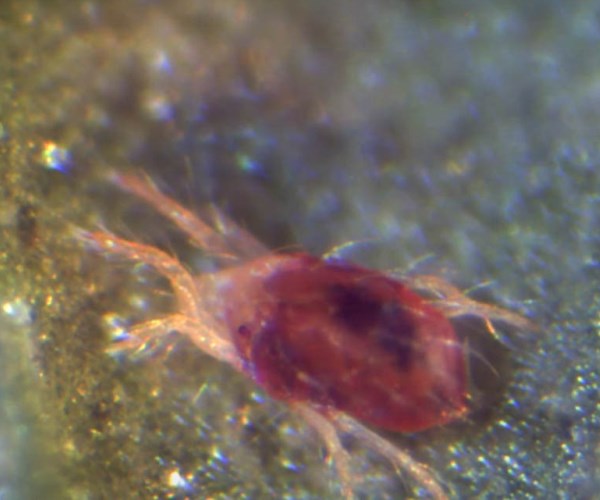
Behavior
If you’re worried about these small pests biting you, then don’t be. While it’s true that many species of mites will bite people, these ones are an exception to that. This stems from the fact that southern red mites are a type of spider mite. Like other spider mites, the southern red mite is an herbivore and only eats plants. These plants tend to be woody, broad-leaved plants, such as roses, hollies, and a number of others.
The southern red mite, like other spider mites, protects its colonies by creating webs. These prevent larger animals from spotting them, and it also acts as a physical barrier that keeps these mites safe.
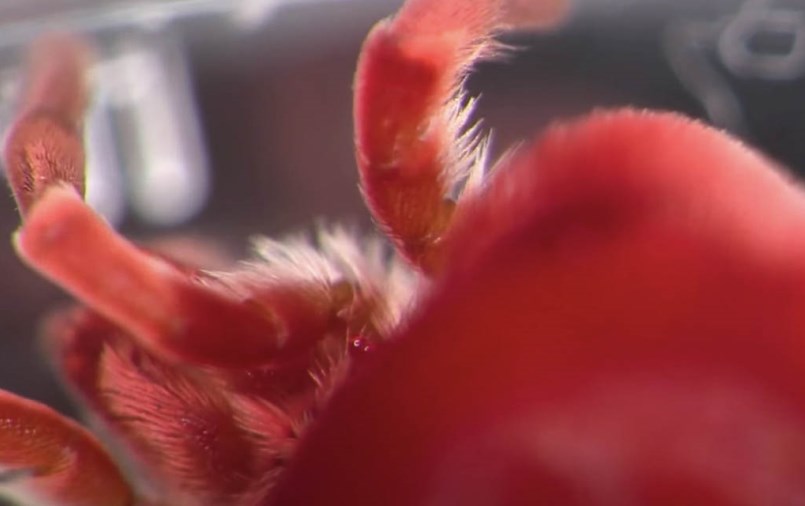
These mites can be found feeding on the underside of plant leaves, where they’re safe from the sun’s light. While they don’t cause much of a problem in the beginning, they can end up killing the plant if the mites aren’t removed quickly enough.
That’s why you should watch out for southern red mites in your garden, as they can turn leaves grey, make them fall off, and slowly kill the plant.
You can avoid this problem by frequently washing your plant’s leaves with water. This should remove all the southern red mites feeding on it and save your plant. If this doesn’t work after two weeks, you should consider contacting a professional pest control company.
Life cycle
Southern red mites have a similar life cycle to other mites. They start out their lives as a small egg. These are typically red like the mites themselves. The eggs are also capable of surviving the harsh winters or summers that kill off the adults.
Once the time of the year is right, the mites hatch from their eggs and become larvae. These larvae tend to be much smaller than the mites themselves, and they’ll only have six legs instead of the usual eight. During this portion of their lives, the mites focus on eating and
growing.
After the larval stage comes the nymph stage. These nymphs are almost identical to adults. The main differences being their size and inability to reproduce.
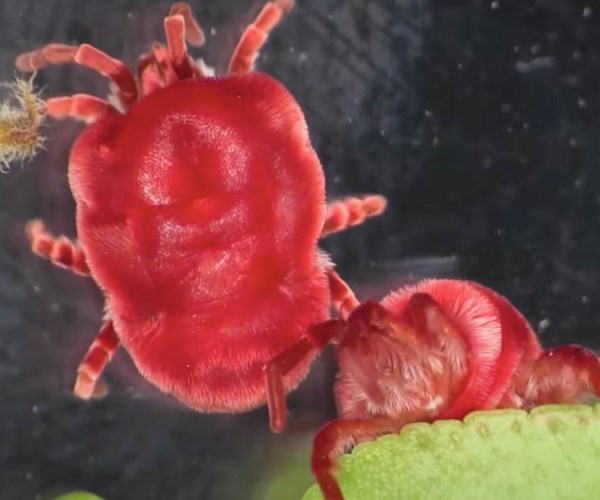
The mites eventually become adults, and they can start reproducing to create future generations. These mites have short life spans, and they’ll go through several generations within a year.
Habitat
Most mites can be found all over the world, but the southern red mite is a bit different. This cool weathered pest is found in only seven countries, and these include the United States, Paraguay, Brazil, Italy, the Netherlands, Japan, and Korea.
While these mites can’t survive extreme weather, they love a cool breeze. That’s why they’re most active during the fall and spring.
In the United States, you can find these mites in the eastern states – like New York, Massachusetts, Virginia, and Florida – as well as in California.

